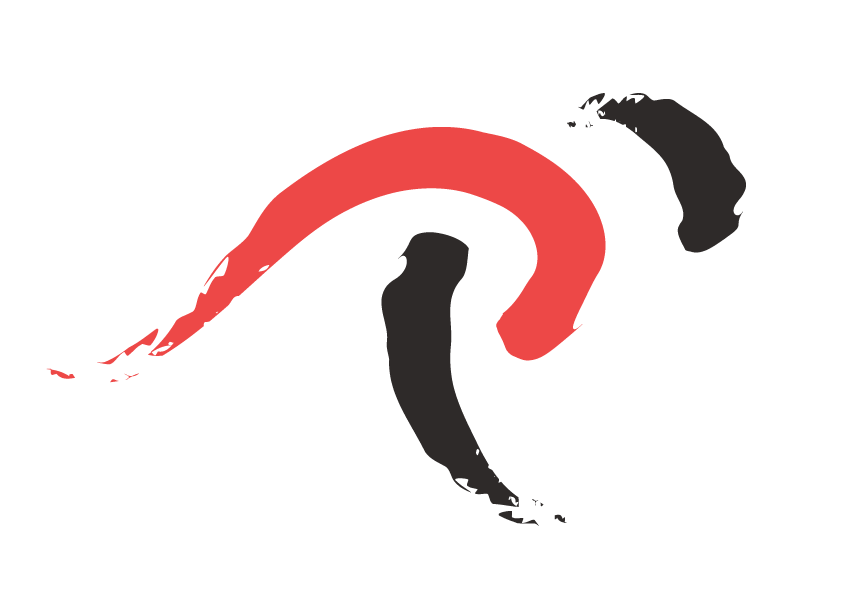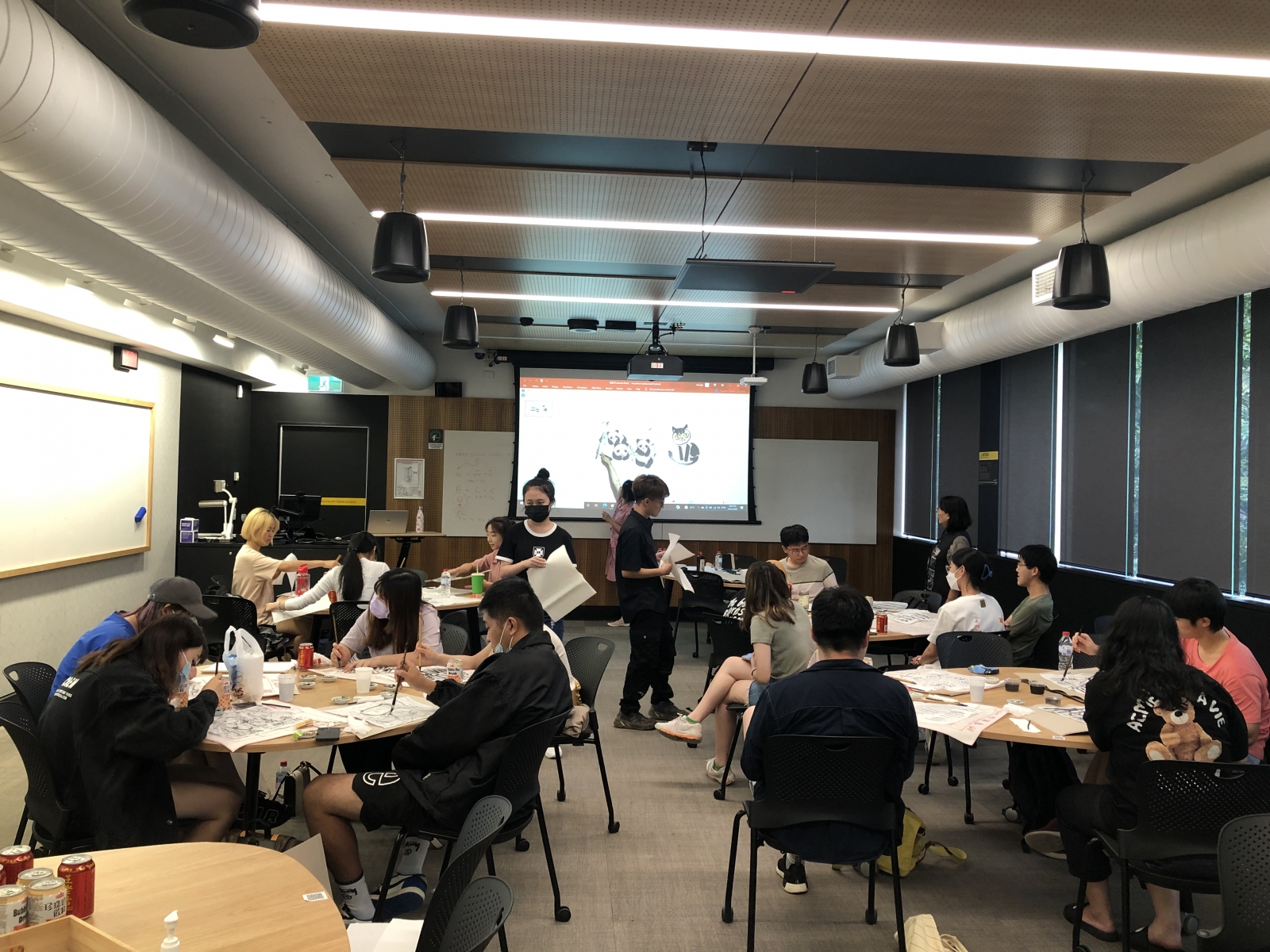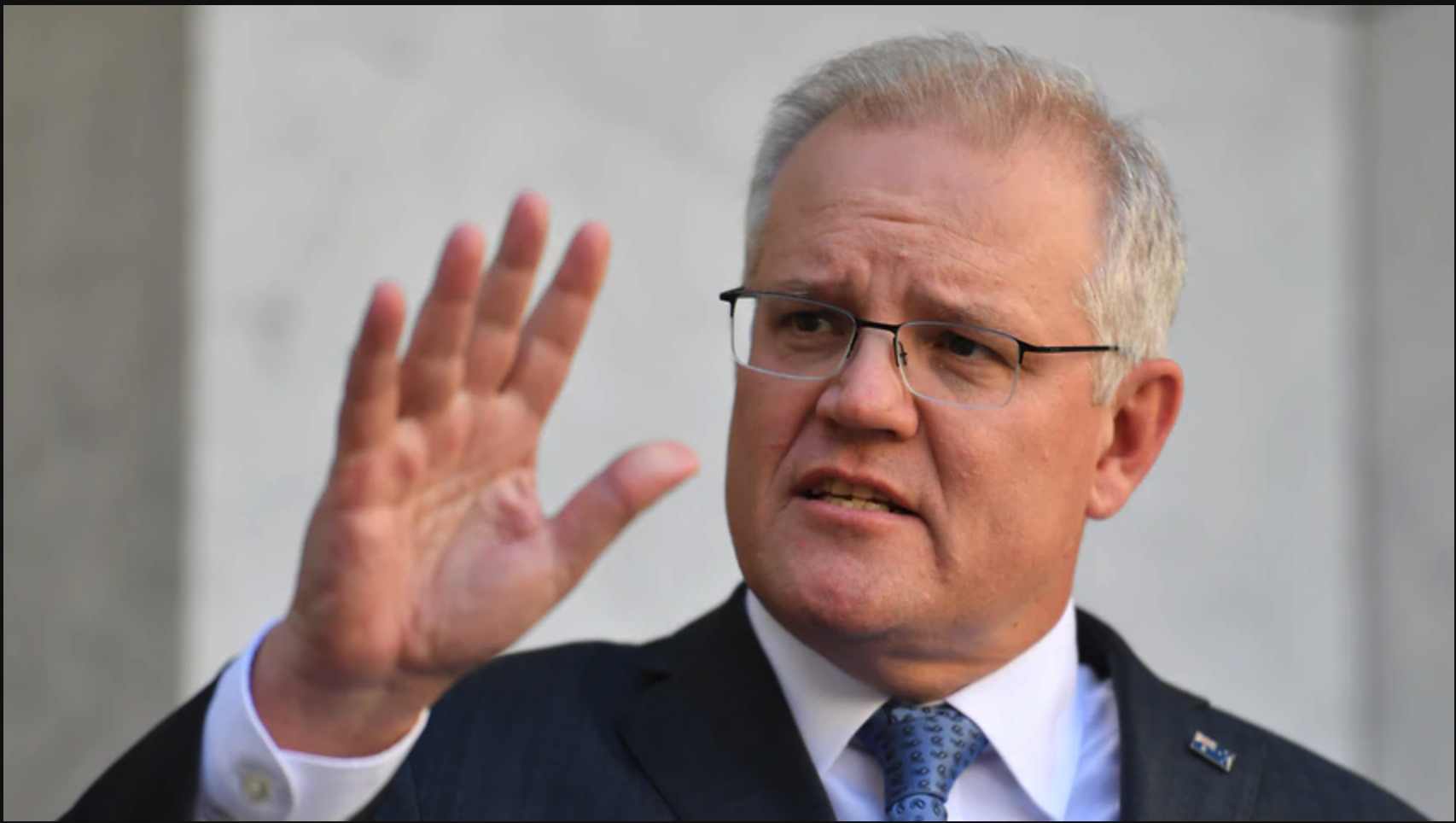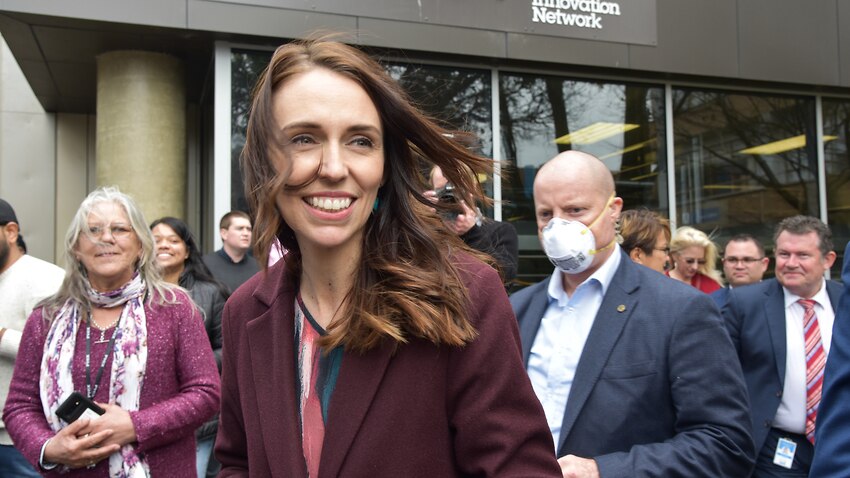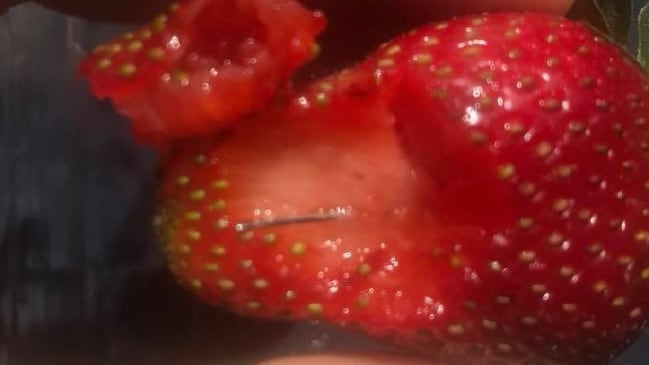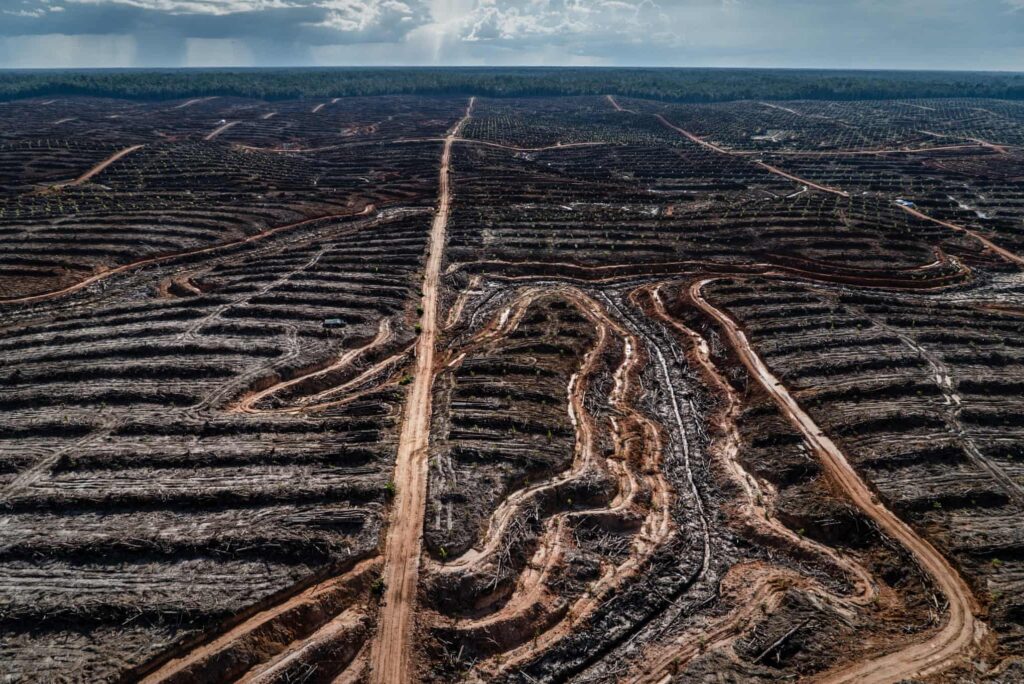2021-12 Childhood Cancer
2021-12 Pajamas Foundation
Community Thank You
LATEST NEWS BSMQ State Nomination Program
BSMQ State Nomination Program
UPDATED 06/10/2020
The BSMQ business and skilled program is NOW OPEN. We are open from Tuesday 29 September 2020 until Monday 5 October 2020. Please note, only decision-ready applications in a COVID-19 priority area will be considered.
Due to the limited nomination allocation and processing timeframe:
- BSMQ will only pick up NEW EOIs lodged on Skillselect from Tuesday 29 September 2020.
- If an invitation is made, all supporting documents must be uploaded in 24 hours. If all documents are not received in the 24-hour period, the invitation will be closed.
Please DO NOT pay the application fee until you have received an invitation and all documents have been uploaded.
Please DO NOT call BSMQ in regards to your application as we are unable to take your call during this busy processing period.
Nomination guidelines
Business Program
With limited allocations, BSMQ will only nominate:
- high-quality applications related to the COVID-19 economic recovery, or
- businesses that focus on productive investment and job creation, or
- businesses that have a regional investment focus within the business program.
- Priority processing for:
– Subclass 132 – Significant Business History stream
– Subclass 188 – Business Innovation stream
– Subclass 188 – Significant Investor stream
– Subclass 188 – Entrepreneur stream
- Open to both ONSHORE and OFFSHORE applicants.
Skilled Program
With limited allocations, BSMQ will only nominate applicants critical to the effort in response to the COVID-19 pandemic:
- in medical services, or
- in maintaining the supply of essential goods and services, or
- in delivering services in sectors critical to Australia’s economic recovery.
Further information regarding critical skills and sectors is available on the Department of Home Affairs website: (https://covid19.homeaffairs.gov.au/critical-skills-and-sectors#toc-1).
- Priority processing for:
– 491-SBO (small business owners’ pathway) applications
– Subclass 190 visa applicants who have worked in their nominated occupation in
Queensland for at least 6 months and have a job offer for 12 months (for a minimum of 35 hours per week, must have full-time work rights)
– Subclass 491 applicants who have worked in their nominated occupation in a regional
area of Queensland for at least 3 months and have a job offer for 12 months (for a minimum of 35 hours per week, must have full-time work rights).
- Open only to ONSHORE applicants in Queensland.
- After lodging your EOI, you must send an email explaining how you will meet the Department of Home Affairs ‘critical skills and sectors’ direction (skilled applicants only).
- Your email must include your full name, date of birth and EOI number and should be sent to migration@qld.gov.au (skilled applicants only)
source: https://migration.qld.gov.au/
Scott Morrison ‘hopeful’ home quarantine for travellers could be allowed if health experts agree
Prime Minister Scott Morrison is open to allowing people arriving in Australia to quarantine at home if health experts give the green light.
UPDATED 06/10/2020
People arriving in Australia could be allowed to quarantine at home under a proposal health experts are considering.
Prime Minister Scott Morrison has confirmed the Australian Health Protection Principal Committee is considering whether people coming from “safe” countries could isolate at home.
“I think home quarantine can play a role in the future and it’s something that is being considered by the AHPPC, particularly as we move beyond the phase we’re in now,” he told reporters in Canberra on Tuesday.
“We do look… to have our borders open up at some point to safe locations, whether it be New Zealand or parts of the Pacific, or places like South Korea or Japan, or countries that have had a much higher rate of success, then there are opportunities to look at those alternative methods.”
Two weeks hotel quarantine is mandatory for overseas arrivals and some domestic travellers entering states and territories with closed borders.
The ACT is an exception, with people allowed to spend their stints at home.
Mr Morrison noted “many” countries allow at-home quarantine for people coming in from lower-risk areas, citing Denmark and Greece as examples.
Hong Kong and Japan are also considering relaxing their travel restrictions for numerous lower-risk countries, including Australia.
“When it comes in, that will obviously be determined principally by the health advice that can provide a green light to those sorts of options,” Mr Morrison said.
“But I’m hopeful it’s something we can move to.”
In the early stages of the pandemic, people arriving in Australia quarantined at home until hotel systems were established.
Mr Morrison said the Chinese-Australian community following home quarantine rules was “vital” to the nation’s success in managing the first virus wave.

Source: Getty
Mr Morrison was also asked whether he took any responsibility for giving states a short period of time to get the hotel quarantine program up and running in March.
“It was actually the states and territories that were most urgent in moving forward and they made the recommendation to move so quickly to establish hotel quarantine and we supported that,” he said.
“That was a genuine decision then by the National Cabinet at the initiation of the states and territories to move as quickly as they did.
“I welcomed the fact that they were so keen to move so quickly and get those quarantine arrangements in place.”
Mr Morrison said Victoria’s hotel quarantine bungle was a “great shame” for the state, noting their experience was “quite different” to the rest of the country.
source: https://www.sbs.com.au/news/scott-morrison-hopeful-home-quarantine-for-travellers-could-be-allowed-if-health-experts-agree?fbclid=IwAR3JwE3fue85BxkYMtM9o3IaiZ_XXNOIfaZVxVLD-D740HFFw5Gf3wZ-90g
Travel between New Zealand and some Australian states ‘possible’ before Christmas, Jacinda Ardern says
Travel without quarantine between New Zealand and some Australian states could yet take place this year according to NZ Prime Minister Jacinda Ardern.
UPDATED 06/09/2020
Families separated by the Tasman Sea may yet get to reunite at Christmas after New Zealand Prime Minister Jacinda Ardern’s most optimistic comments on the resumption of regular travel arrangements with Australia.
COVID-19 brought trans-Tasman travel to a near standstill earlier this year, with both countries slapping heavy restrictions on incoming and outgoing trips and carriers all but abandoning routes due to unprofitability.
Currently, New Zealand is only allowing Kiwi citizens and Australians who normally reside in NZ, with limited exemptions for humanitarian or economic reasons, to enter, and is mandating a 14-day quarantine.
However Ms Ardern believes a shift in approach from the Australian government “does open up opportunities” for travel without the fortnight-long isolation.
“The Australians have moved on their previous plans,” she told TVNZ.
“Previously they wanted a whole of Australia approach and we said that would slow things down.
“They’re now moving to a hotspot regime where certain parts (of Australia) won’t be able to be part of free movement between Australia and across the Tasman.
“We’re working through the differences that would make for New Zealand and the arrangements we would need to ensure that if we’re opening up to one state that border is contained to ensure its safe for New Zealanders.”
Australian Trade Minister Simon Birmingham also supports the establishment of a bubble this year, suggesting Australia may allow Kiwis to visit without the 14-day quarantine given New Zealand’s strong record of keeping the coronavirus out.
On Sunday, Ms Ardern’s deputy Winston Peters said he was working “as hard as we possibly can” towards the resumption of travel, adding “some were saying by Christmas. We should be able to do it much sooner than that”.
Ms Ardern said a trans-Tasman bubble to some states, naming Queensland specifically, should be possible before the end of the year.
“It is possible,” she said.
“What we’d need to be assured of is when Australia is saying ‘we’ve got a hotspot over here’ that the border around that hotspot means we aren’t able to travel into the states we are engaging with on trans-Tasman travel.”
Given New Zealand’s continued to commitment to its much-vaunted COVID-19 elimination strategy, that may mean Queenslanders are able to travel to New Zealand before they can visit Melbourne.
“We’ve got a strategy of having a COVID-free country. That’s our ongoing goal and way of operating,” Ms Ardern confirmed.
It remains to be seen whether New Zealand’s re-engagement with Australia on the trans-Tasman bubble will also allow for travel with Pacific countries.
The Victorian outbreak led Ms Ardern’s government to further plans to open to the Cook Islands, with a view to other island nations, but the Labour leader has stressed a high degree of caution owing to the a deficiency in health care in the Pacific.
